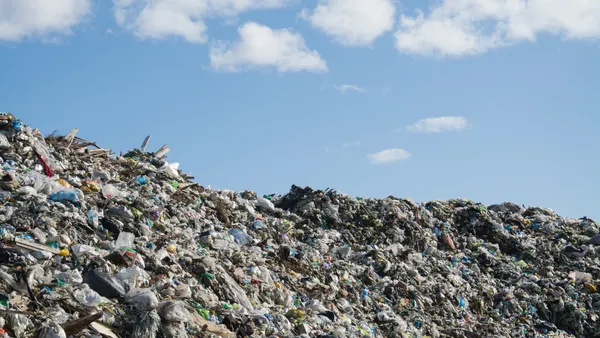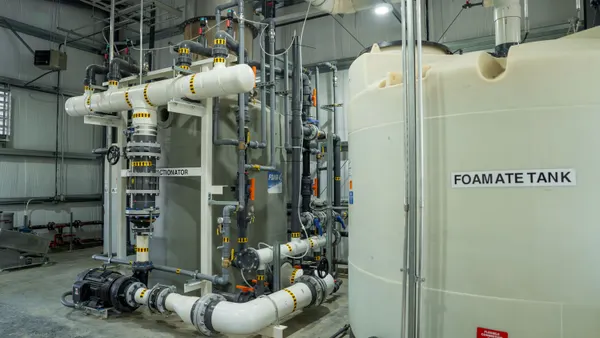The U.S. EPA says it is making progress on several environmental justice issues in Puerto Rico, including enforcing regulations at a Toa Alta landfill known for contamination issues and taking steps to close another landfill in Arecibo in 2027.
The municipality of Toa Alta was required in April to stop accepting residential waste at its landfill in order to address numerous health and safety issues as part of a stipulated settlement order the EPA and the Department of Justice filed on Aug. 9. The order requires the municipality to incrementally cover exposed areas of the landfill and enact plans to manage stormwater and contaminated liquid flowing from the landfill, the EPA said in a news release.
Starting Oct. 1, MTA was also required to implement a leachate management plan and begin covering the landfill with intermediate cover. It has until December to identify any leachate seepage points and must also develop and implement a stormwater management plan by Jan. 1, 2023.
The order is meant to resolve a complaint the EPA and DOJ made back in 2021, which said the municipality was not taking steps to prevent leachate from seeping into groundwater, did not regularly apply daily cover at the landfill, and had not addressed the landfill’s unstable slopes — which the complaint said were in danger of collapse. The landfill does not have a protective bottom liner, meaning the EPA considers it an “open dump.”
Over the years, residents have repeatedly called for the 56-year-old landfill to close permanently. In written testimonials, residents described how the landfill has sickened family members, filled the air with “unbearable” odors, attracted clouds of insects, damaged nearby guava groves and polluted the La Plata River. When Hurricane Maria damaged infrastructure in 2017 and made fresh water scarce, neighbors also described being forced to drink from water sources contaminated by the landfill.
Toa Alta’s waste is now being sent to the nearby Toa Baja or Vega Baja landfills, which are both partially lined and have operational leachate collection systems, the order states. Residents have also asked for a formal recycling program, which the EPA says is not under its jurisdiction.
The EPA will also have oversight on the proposed 2027 closure of a separate landfill in Arecibo, a city that once mulled a controversial mass burn combustion project. Residents say that landfill causes odor, noise and pollution problems and are concerned the landfill operator is not using daily cover.
In a news release, the EPA said Puerto Rico’s Department of Natural and Environmental Resources and the Municipality of Arecibo have agreed to work with the agency to respond to community concerns. EPA Regional Administrator Lisa Garcia met with community members near the landfill in October. The landfill operator submitted a closure plan Oct. 7.
The EPA is also working with DNER to develop an integrated solid waste Management Plan. Most of the island’s landfills are run by municipalities, and many are overcapacity and noncompliant under Resource Conservation and Recovery Act regulations, the EPA said.
The EPA has legal agreements to close 12 landfill sites in Puerto Rico as of 2016, and in 2019 announced it would send the territory $40 million in grants to address hazardous and solid waste management issues.
EPA Administrator Michael Regan said in a news release that recent work on the projects was informed by conversations with Puerto Ricans during his summer trip to the island as part of the EPA’s Journey to Justice tour.
“For too long, communities in Puerto Rico have suffered untold inequities – from challenges with access to clean drinking water to fragile infrastructure that cannot withstand the increase and intensity of storms brought on by climate change, as evidenced by Hurricane Fiona,” he said in a statement.











